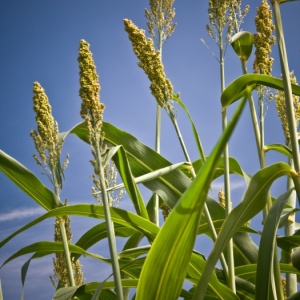
In this Nature Comment, Phil Williamson of the Natural England Research Council and the University of East Anglia, argues that in order for the climate goals agreed at the COP21 in Paris last year to be achieved, a full assessment must be made of the methods for removing carbon dioxide (CO2) from the atmosphere.
The author begins by highlighting the commitment made to balance anthropogenic greenhouse gas emissions by 2100, such as to limit global warming to well below 2 degrees celsius, and states that do so is likely to require CO2 removal alongside reduced emissions. He argues that the IPCC has not thus far given proper thought or attention to the possible negative consequences of the many CO2 removal methods that have been proposed.
The article goes on to discuss the implications of the two techniques on whose development the IPCC’s emissions scenarios depend: bioenergy with carbon capture and storage (BECCS; whereby bioenergy crops of many shapes and sizes are grown and burnt to generate electricity, then the CO2 is stripped from the waste fumes and stored underground in liquid form) and afforestation (planting trees). The author firstly argues that in order to remove sufficient CO2, the area of land required for the growth of crops for BECCS would necessitate the accelerated loss of primary forests and natural grasslands resulting in greater biodiversity loss and ecological degradation than would be caused by serious climate change. He also argues that there is incomplete knowledge concerning the assumptions underpinning BECCS, such as the efficacy of CO2 stripping from the fumes, the yields and water requirements of the bioenergy crops under future climate change, the impact on competing land uses (e.g. crops for food) and the viability of the technology. Similarly, the assumptions underpinning afforestation (e.g. that it is universally beneficial) are questioned on the grounds that inappropriate afforestation (e.g. monoculture of non-native trees) can have negative ecological consequences, while the darkness of tree leaves can contribute to warming at mid-/high-latitudes.
The author also considers alternative CO2 removal methods, including the restoration of coastal ecosystems such as mangroves, various methods for fertilising oceans to enhance photosynthetic productivity, methods to incorporate carbon in varying forms into soils and direct air capture (i.e. using chemical/physical means to extract CO2 from the air).
Williamson concludes by calling for increased research, improved clarity of the distinction between climate change mitigation and geoengineering (or abandoning this distinction altogether and simply assess the various methods for mitigating climate change on a case-by-case basis) and for the priority to be to reduce emissions and not rely on the ability to remove CO2 after the event.
Citation
Williamson, P. (2016) Emissions reduction: Scrutinize CO2 removal methods. Nature
Read the original paper here and see further coverage here.
You can find related resources in the Research Library categories on Carbon rationing/trading/offsetting, Climate change mitigation and Technology and keyword categories: Carbon sinks and sequestration and Geoengineering.







Post a new comment »